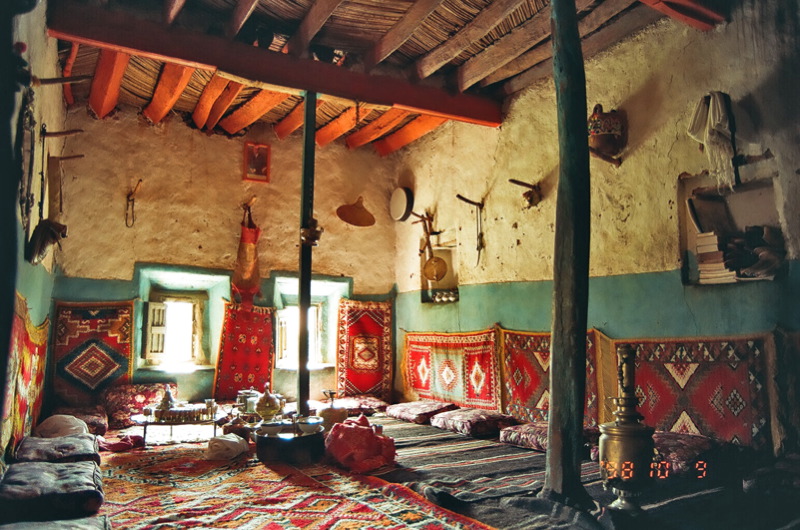Discovering the Enigmatic Kasbah Ait Ben Haddou History
Kasbah Ait Ben Haddou is a famous fortified city located in the foothills of the High Atlas Mountains in Morocco. This ancient city, made of earthen materials, is a masterpiece of traditional Moroccan architecture and has been a UNESCO World Heritage Site since 1987. The history of Kasbah Ait Ben Haddou is a fascinating tale of a city that has stood the test of time and continues to inspire visitors from around the world.
The Origin of Ait Ben Haddou
The exact date of the foundation of Ait Ben Haddou is unknown, but it is believed to have been established in the 11th century by the Almoravid dynasty. The Almoravid empire was a Berber Muslim empire that ruled much of present-day Morocco and parts of Mauritania, Mali, and Spain from the 11th to the 12th century. Ait Ben Haddou served as an important stop on the trans-Saharan trade route, which connected West Africa to the Mediterranean.
The city was built on a hill overlooking the Ounila River, which provided water for agriculture and daily use. The city’s strategic location allowed it to control the traffic along the trade route and to protect the caravans from bandits and raiders.
Architecture of Kasbah Ait Ben Haddou
The city’s architecture reflects the Berber tradition of building with local materials, such as mud, wood, and straw. The buildings were constructed in a style known as kasbah, which means fortress. The kasbahs were built to withstand attacks and to provide protection for the inhabitants.
Kasbah Ait Ben Haddou is a classic example of this style of architecture. The city is made up of several fortified buildings, called ksars, which are enclosed by walls and towers. The walls are made of clay and straw, and the towers are topped with crenellations to provide protection against intruders.
The ksars are connected by narrow alleys and staircases, and the buildings are decorated with intricate carvings and colorful murals. The city’s central mosque is one of its most striking features, with its imposing minaret and ornate decoration.
The Decline of Ait Ben Haddou
Ait Ben Haddou continued to prosper during the 16th and 17th centuries under the Saadian dynasty. However, the city began to decline in the 18th century as a result of the shift in trade routes, which diverted traffic away from the trans-Saharan route.
The decline was exacerbated by the introduction of modern building materials, such as cement and bricks, which were cheaper and easier to obtain than the traditional materials used in the kasbahs. Many of the city’s inhabitants abandoned the kasbahs in search of better living conditions in the nearby towns and cities.
Restoration and Conservation
In the 20th century, efforts were made to restore and preserve Kasbah Ait Ben Haddou. The city was declared a historical monument in 1954, and restoration work began in the 1970s.
The restoration work focused on preserving the traditional architecture and building techniques of the kasbahs. The walls were reinforced with stone and lime, and the roofs were repaired with clay tiles. The interiors were restored with traditional materials, such as plaster and clay, and the decorative features were refurbished.
The restoration work helped to revitalize the city and attract visitors from around the world. Today, Kasbah Ait Ben Haddou is a popular tourist destination and has been featured in numerous films and TV shows, including Gladiator, Lawrence of Arabia, and Game of Thrones.




